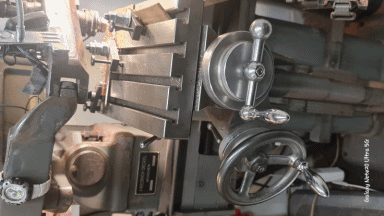The Neodym Magnets we use are unusually strong.
Be carefull when using jewlery with magnets !
If You have a pacemaker do not wear jewelery with magnets
Neodymium Magnets: A Comprehensive Review
Neodymium magnets, also known as rare-earth magnets, have revolutionized various industries owing to their exceptional magnetic properties. Here, we delve into a comprehensive review covering production processes, pricing, modern applications, considerations regarding nickel coatings, and potential concerns when used in jewelry.
- Production: Neodymium magnets are manufactured through a complex process involving sintering or compression bonding of neodymium, iron, and boron particles. This process results in magnets with remarkable magnetic strength, making them one of the strongest permanent magnets available. However, their production involves rare-earth elements, which can present environmental challenges and supply chain concerns.
- Pricing: Due to their superior magnetic strength and unique properties, neodymium magnets are priced higher compared to conventional magnets. The pricing depends on factors such as size, shape, grade, and quantity purchased. Despite their cost, the performance benefits often justify the investment, particularly in applications where high magnetic strength is essential.
- Usage in Modern Times: Neodymium magnets find extensive use in various modern applications, including electronics, healthcare, automotive, renewable energy, and industrial sectors. From speakers and headphones to magnetic resonance imaging (MRI) machines and electric vehicle motors, these magnets play a crucial role in advancing technology and innovation.
- Considerations Regarding Nickel in Coating, Especially Allergies: Neodymium magnets are often coated with nickel to protect them from corrosion and enhance durability. However, nickel coatings may pose concerns for individuals with nickel allergies. Manufacturers must adhere to strict regulations and standards to ensure safety and minimize allergic reactions. Alternative coatings such as epoxy or gold plating may be used to address these concerns.We do take special care by either sealing the magnet with synthetic resin. Or enclosing the magnets within the copper, so avoiding direct contact to your skin.
- Neodymium Magnets in Jewelry: Magnetism and Potential Risks: While neodymium magnets are increasingly used in jewelry for their aesthetic appeal and unique properties, there are considerations regarding their interaction with credit cards and potential risks associated with magnetism. Strong magnets in close proximity to credit cards can interfere with their magnetic strips, rendering them ineffective. Additionally and most important: Individuals with pacemakers or other implanted medical devices should not wear magnetic jewelry to avoid interference.
In conclusion, neodymium magnets offer unparalleled magnetic strength and versatility, driving innovation across various industries. However, careful consideration of production methods, pricing, coatings, and potential risks is essential to ensure their safe and effective use in modern applications and jewelry design.
here you see how we insert one of those powerful Neodym Magnets.
1-our Deckel 3-D cover surface milling machine
2-closer look
3-milling ……
4-placing the magnet…..
5-final pic of the inserted magnet, sealed with an acrylic compound
